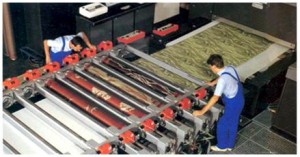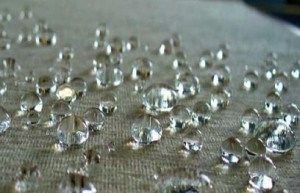Enzymes – an eco-friendly alternative for the textile industry?
 With the increasingly important requirement for textile manufacturers to reduce pollution in textile production, the use of enzymes in the chemical processing of fibers and textiles is rapidly gaining wider recognition. Enzymes are non-toxic and eco-friendly. They can be safely used in a wide selection of textile processes such as de-sizing, scouring, bleaching, dyeing and finishing, where the traditional alternatives are very harsh chemicals whose disposal into the environment causes many problems.
With the increasingly important requirement for textile manufacturers to reduce pollution in textile production, the use of enzymes in the chemical processing of fibers and textiles is rapidly gaining wider recognition. Enzymes are non-toxic and eco-friendly. They can be safely used in a wide selection of textile processes such as de-sizing, scouring, bleaching, dyeing and finishing, where the traditional alternatives are very harsh chemicals whose disposal into the environment causes many problems.
The use of enzymes is not a new development. Enzymes play a diversified role in many aspects of everyday life. Enzymes are nature’s catalysts. Humankind has used them for thousands of years to carry out important chemical reactions for making products such as cheese, beer, and wine. Bread and yogurt also owe their flavor and texture to a range of enzyme producing organisms that were domesticated many years ago.
To read the full article, please login. The full content of this article and all premium articles is available exclusively for site members.
Site membership is free. If you are an existing user, please login. New users may register below.



